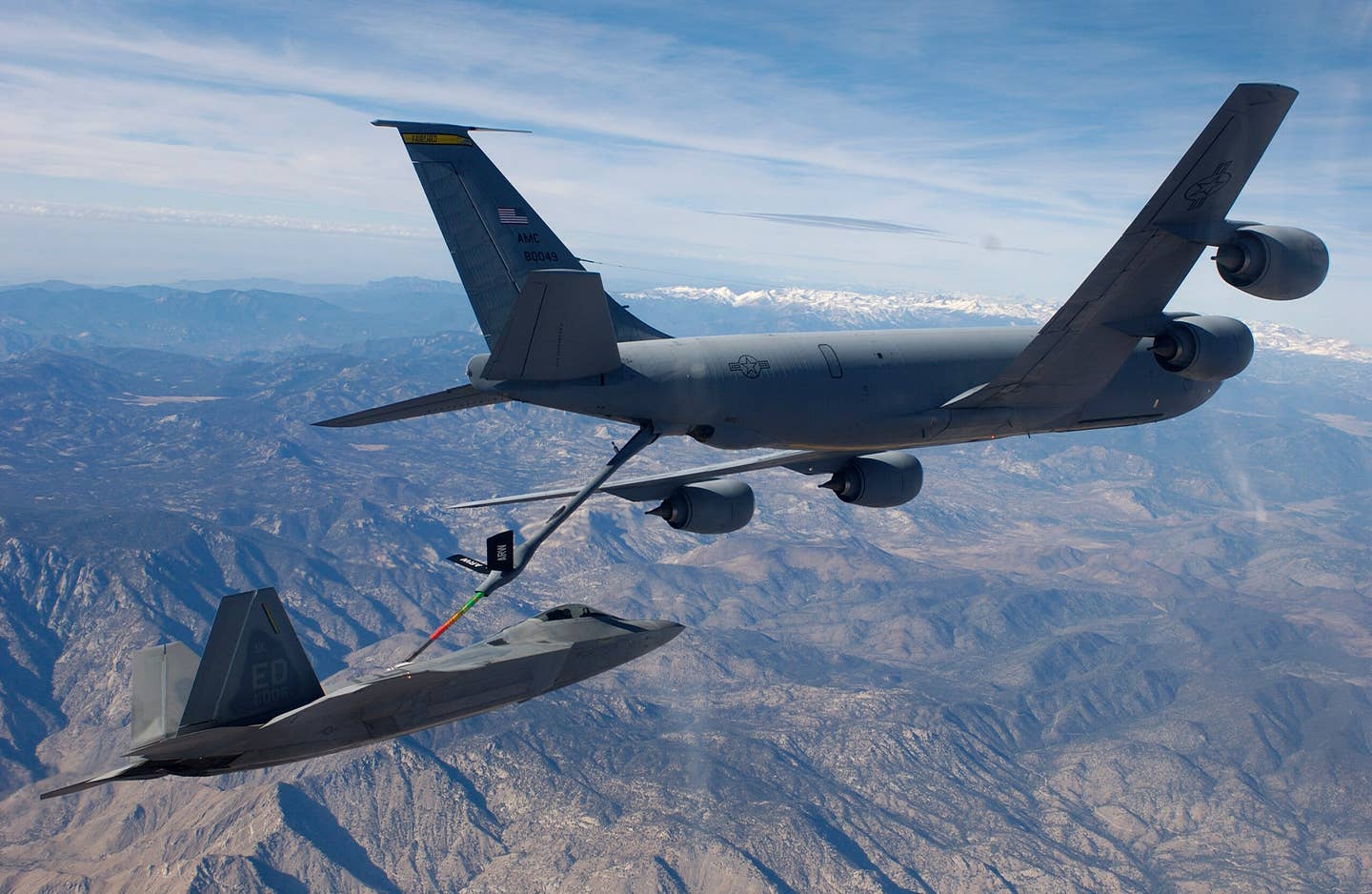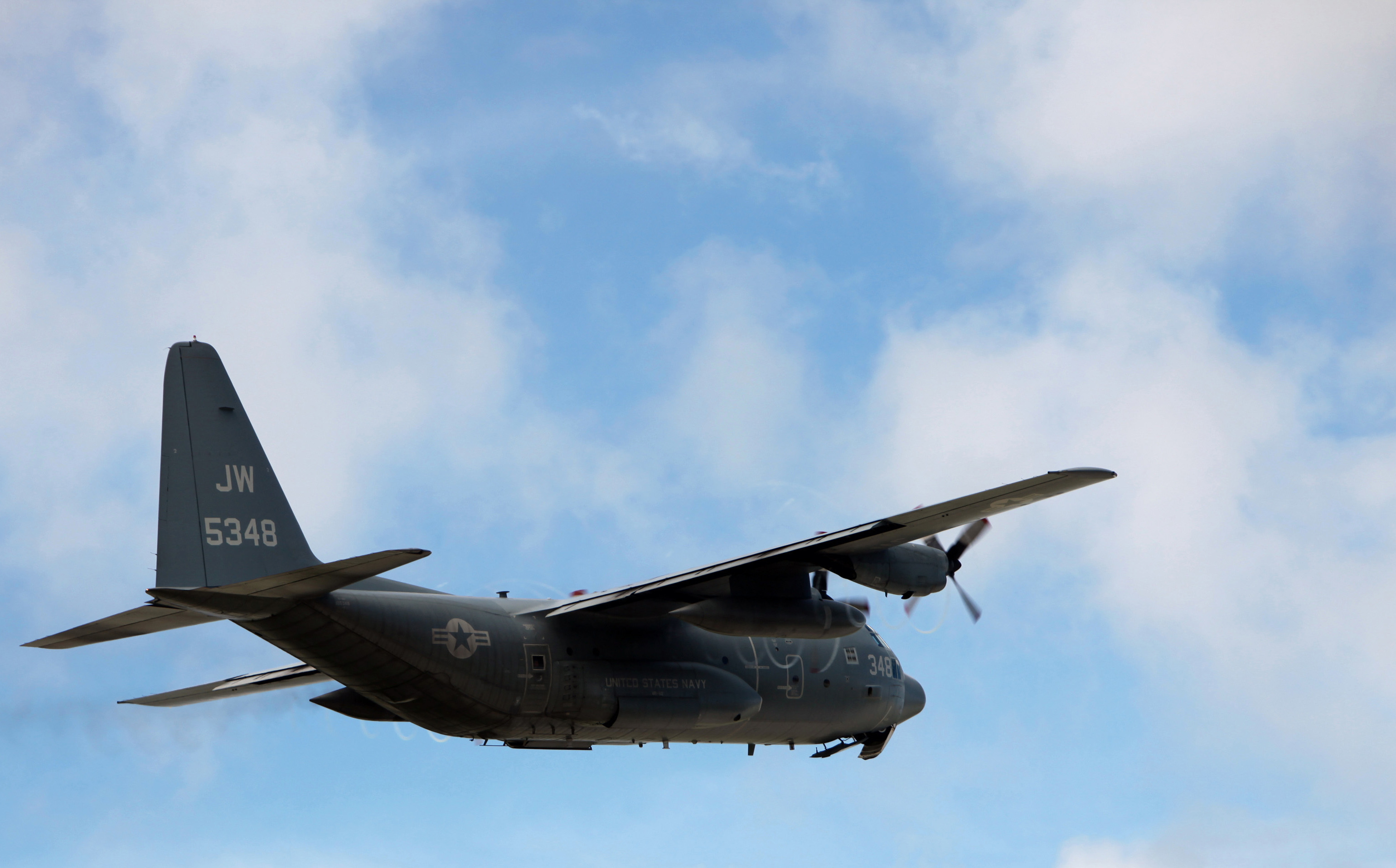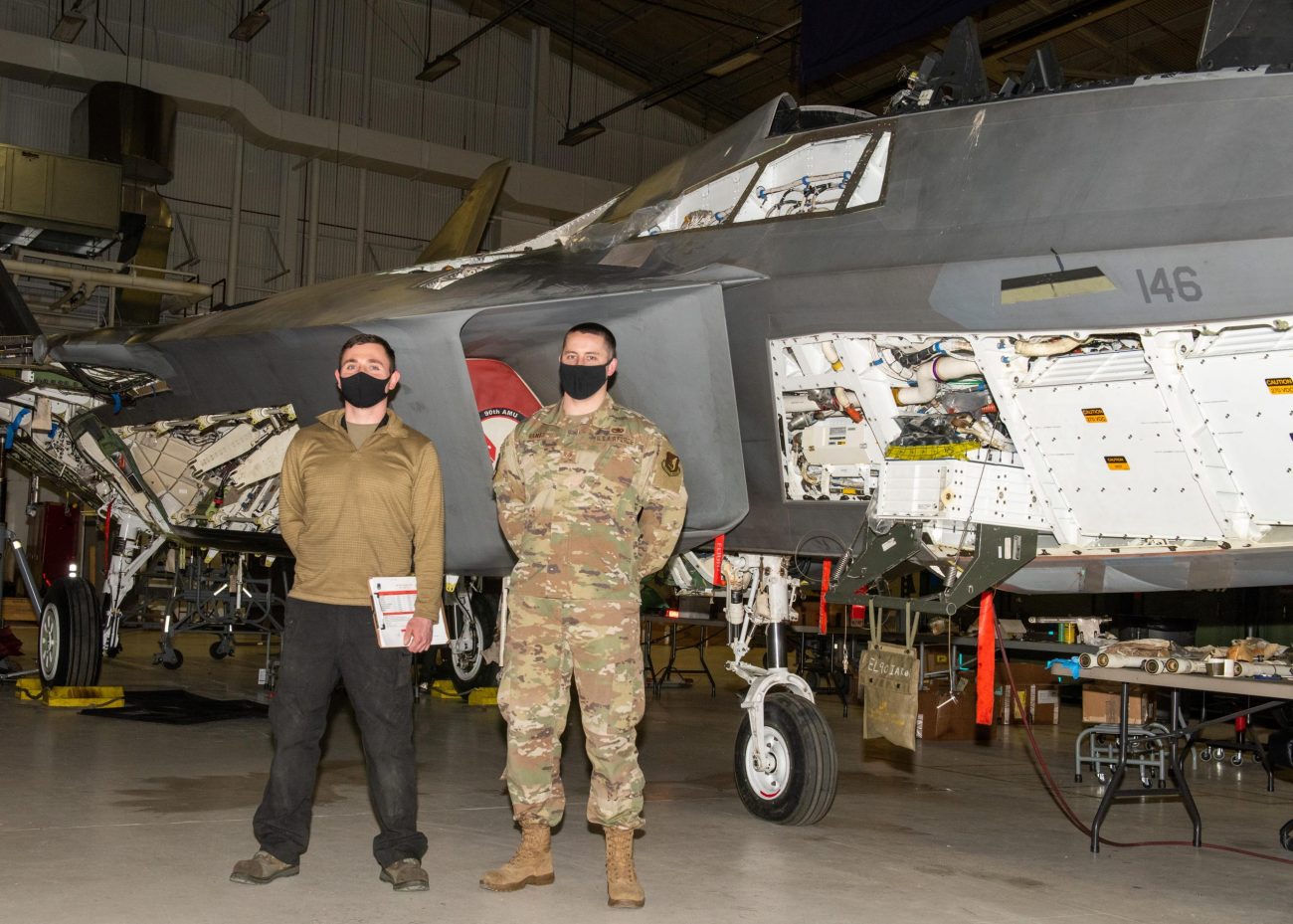In April, Donald Norcross, chairman of the House Armed Services Committee (HASC), outlined plans for the US Air Force to retire 646 aircraft over the next five years. The US aircraft program will replace 246 aircraft, leaving a significant capability shortfall of 400.
He informed the house that the Navy was facing a severe F-35 shortfall.
In a setback to the US military, the latest Government Accountability Office (GAO) report has revealed shocking facts about issues plaguing the sustainability of operations that is keeping military planes grounded.
According to the damning GAO report, years of usage, a lack of adequately trained maintenance workers, insufficient and often dangerous storage facilities, and, in some cases, a lack of access to essential systems are keeping billions of dollars worth of Air Force and Navy aircraft grounded. The unavailability of aircraft would severely dent American combat readiness.
“We conducted this performance audit from September 2020 to June 2022, by generally accepted government auditing standards”, read the report. It looked into the availability of eight aircraft — F-22 Raptors, KC-135 Stratotanker Air Refuelers, B-1B Lancer Bombers, C-5M Super Galaxy Cargo Planes of the US Air Force (USAF), and F/A-18E/F Super Hornets, P-8 Poseiden, KC-130T air refueler planes, and C-130T Hercules Cargo planes of the US Navy.

The mission capability rates — the percentage of total time when an aircraft can fly and complete at least one mission — for each of those aircraft have significantly decreased between 2015 and 2021, according to GAO.
The Air Force’s F-22 and the Navy’s KC-130T saw their mission-capable rates decline by 16.7%. Only over half of the Air Force’s 180 F-22 Raptors were mission-capable as of 2021, whereas over a third of the Navy’s 18 KC-130T Hercules refuelers were mission capable.
These revelations come even as the USAF reportedly uses the F-22 Raptors as a stop-gap solution to test some new technologies under the futuristic Next-Generation Air Dominance (NGAD) program. Furthermore, with 33 Raptors already headed for retirement, half of the fleet not being mission-capable could be a worrying prospect.
The watchdog had reported two years ago that average mission capable rates for 18 Air Force and 12 Navy aircraft had fallen since 2011. Additionally, six of the 18 Air Force aircraft and six of the 12 Navy aircraft had failed to meet their mission-capable goal in any year from 2011 to 2019.
These findings come in the backdrop of enhanced Chinese Air Force capabilities and the rising tensions between the US and China in the Indo-Pacific region.
The US already lags behind Beijing in the hypersonic race, and the PLA Air Force is closing the gap with American Raptors and F-35 stealth fighters by incorporating cutting-edge technologies.
Cascading Issues Lead To Grounding
In 2020, the inventories of the chosen Air Force and Navy fixed-wing aircraft in the GAO analysis totaled 1,355 aircraft, costing $13.6 billion to maintain and support.
Mission Capable Rate, Not Mission Capable Maintenance Rate, and Not Mission Capable Supply Rate are the Air Force and Navy metrics to monitor aircraft readiness.
In addition to these metrics, the Air Force tracks aircraft availability, i.e., the number of aircraft available for flight operations, and mission capability, i.e., the number of supply and maintenance aircraft not in the depot and unable to perform any of their assigned missions due to maintenance or a shortage of repair parts. The Navy assesses mission capability in terms of maintenance and supply, among other things.

“Unit maintenance personnel we spoke with on this review acknowledged a decline in mission-capable rates as a result of delays in completing unit level maintenance,” the report found. “They said fewer mission-capable aircraft can limit training and other flying opportunities for squadrons and force aircraft that are mission-capable to fly more often.”
To make matters worse, GAO discovered that the Air Force airframes under investigation are becoming increasingly unfit to fly for extended periods.
It remained unknown how the Navy aircraft test fared in this regard. “They were unable to provide us with complete historical data” because the Navy does not regularly track long-term grounded aircraft, according to GAO.
The Unit Maintenance Personnel interviewed by GAO revealed that more extended maintenance periods took time away from their other duties, such as providing or receiving the necessary training, which further derailed the maintenance work.
“For example, unit maintenance personnel from one F-22 unit said they spent extended periods filling out paperwork requesting waivers and extensions to justify longer maintenance turnaround times”, the report noted.
Anecdotally, “unit maintenance personnel from the Navy reported that they encounter maintenance delays more frequently in recent years, which keeps their aircraft grounded for longer periods.”
Navy unit maintenance personnel “also said they sometimes struggle to maintain enough aircraft in a mission capable status to meet monthly goals because of these delays and other challenges.”
Furthermore, Air Force and Navy unit maintenance officials informed GAO that the number of long-term grounded aircraft is an indicator of the success of their maintenance operations. As a result, they want to have a few planes in this state.

However, the lack of maintenance personnel was a lingering issue. Aircraft downtime rose, according to maintainers from one C-130T and one KC-130T unit, because new maintainers with no expertise or qualification with their aircraft were assigned regularly.
The lack of experience among replacement employees also hampers the capacity to troubleshoot maintenance problems and staff maintenance detachments for the aircraft, according to maintainers from one P-8A squadron.
Another issue responsible for the long-time grounding is the shortage of spare parts. For example, KC-135 program documentation reveals that the frequent unavailability of three specific types of parts accounted for 2,388 hours of not mission-capable supply time. It is the percentage of total time when an aircraft cannot perform any assigned missions due to the lack of a spare part.
Even if there were enough parts and employees to repair the plane, GAO discovered another bizarre issue. Some units may not have all of the data or engineering assistance they require to execute aircraft maintenance.

GAO discovered that two of the reviewed aircraft, the F-22, and the KC-135, include components with data that is private to the maker or vendor and not easily accessible by unit maintenance workers. It may make it difficult for the units to undertake maintenance.
Another issue uncovered by GAO was a lack of suitable repair facilities, which has created delays and put personnel’s health at risk. While deployed overseas, maintainers from a P-8A unit reported they lacked hangar facilities with enough room, wash racks, cranes, and other equipment to undertake scheduled and unscheduled maintenance.
The Military Is Working It Out!
The shortage of qualified maintainers is exacerbating the issues, but the services are known to be working to fix them. Officials from Air Force headquarters told GAO that the flying branch has been working for several years to fill aviation maintainer manpower gaps.
On the other hand, the officials from the Navy’s headquarters told GAO that despite having the required aircraft maintainer personnel, finding the correct number of trained and experienced maintainers is an issue.
Officials from the Air Force told GAO that they thought the original legislative obligation for sustainment evaluations in 2016 was only triggered when a program had been operating for five years.
The Air Force officials are now trying to complete sustainment reviews on all weapon systems, regardless of age. Air Force officials will review the C-5M and F-22 in 2022.
They explained that they conducted sustainment review pilot programs in 2018 and updated naval guidance in 2019 to include sustainment reviews as part of their life-cycle management process. They also ran additional sustainment review pilot programs to address the statutory requirements in 2020.
The Navy published implementation guidelines for completing future sustainment reviews in September 2021, specifying 54 weapons systems that would need a review.
The GAO concluded the report with a slew of recommendations to the two services urgently needing to shore up their resources to enhance combat capability and combat readiness.
- Contact the author at sakshi.tiwari9555@gmail.com
- Follow EurAsian Times on Google News




